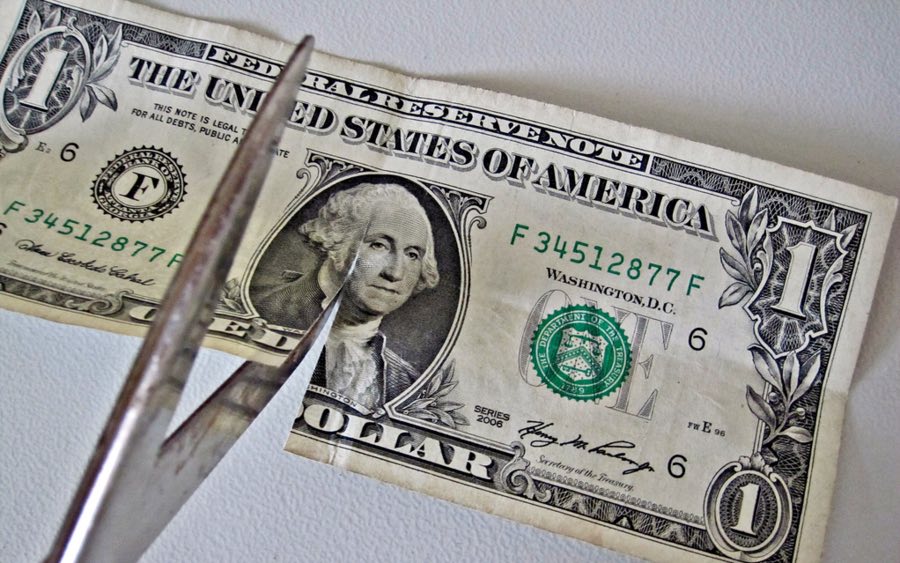The last time a Bitcoin Block reward halving happened was on November
28, 2012 (from 50 to 25 bitcoins per block). And that was also the first
ever in the life of the cryptocurrency.
By then, many people didn’t know bitcoin, over $1 billion hadn’t been
invested in Bitcoin startups and the average daily transactions on the
bitcoin network was about 45,000 (contrasted with over 250,000 today).
Indeed, a lot has changed since then.
July 11th, 2016 presents the next Bitcoin block reward halving. From
that date onwards, miners will receive 12.5 instead of 25 bitcoins for
every block that they help confirm on the blockchain.
With the past four years’ growth, the impact of this halving will
reverberate way more than the 2012’s.
In this post, we will answer several questions about this event.
What is a bitcoin block reward?
Bitcoin is a peer-to-peer payment method. There is no trusted third
party to facilitate the transactions. Nevertheless, there is the need
for infrastructure (hardware and software).
Moreover, someone needs to ensure that only genuine transactions are
included on the bitcoin’s distributed public ledger (the blockchain).
This is what Bitcoin miners do. They provide the infrastructure as well
as secure and confirm transactions on the blockchain.
These private and independent individuals are spread all over the globe.
But the network they form effectively establishes consensus on the
status of the blockchain.
For their effort, the miners are rewarded with the new bitcoins. Satoshi
Nakamoto, the inventor of Bitcoin, designed the protocol such that a
miner who wins in the competition to solve the mathematical problem that
secures the next block of transactions takes the new bitcoins.
The bitcoin block reward is, therefore, the bitcoins that a miner gets
for helping secure the next block of transactions on the blockchain.
The award is fixed for a batch of 210,000 blocks, which take about four
years to add to the blockchain. After that, it halves.
Why is Bitcoin block reward halving?
Bitcoin is a deflationary currency. Its supply is fixed (or was fixed
from the word go). The total amount of Bitcoin units that will ever be
in circulation is capped at 21 million.
The last bitcoin is expected to be mined sometime in May 2140.
This is different from fiat currency. There is no total amount of the
dollar, Euro or Yen units that will ever be printed. The volumes in
supply are at discretionary of the central bank (the Federal Reserve in
the US).
By not pre-mining all bitcoins, Satoshi Nakamoto ensured that a gradual
release of new units will act as a motivation for those who support the
network.
What happens to miners after the year 2140?
At the moment block reward is the primary source of revenue for miners.
Obviously, with it halving after every four years, this is not going to
be the case for long. In the next few years, the reward per block will
have significantly shrunk.
With that, it may seem like the motivation to maintain the Bitcoin
network will disappear. And with that the cryptocurrency will die.
Good news is there is a source to replace the mining reward. And that is
transaction fees. With time, users will be required to attach fees to
each transaction they send out for it to be included on the blockchain.
Indeed, this is already happening. It is voluntary at this stage, and it
is only supposed to hasten the process of confirming a transaction. At
the moment, those who attach transaction fees and those who don’t, all,
in the end, do get their transactions confirmed by the network.
But with little or no mining reward in future, the transaction fee will
become mandatory. That is because it will be the only source of revenue
for miners.
Wouldn’t that make bitcoin as costly as other methods of payment?
The hope is that bitcoin will forever remain far cheaper option than the
centralized payment methods like PayPal and credit cards.
That is supposed to be the case even when miners will rely solely on
transaction fees as their primary revenue source.
Each passing day, people around the world are discovering Bitcoin. This
means the volume of transactions on the Bitcoin network will keep
growing.
With the economy of large scale, individual transactions can be charged
low. But, at the same time, miners can collect sustainable revenue from
the high number of transactions they confirm.
Even more, Bitcoin offers other benefits aside from low cost. It is more
private, faster and secure than the other payment methods. These
benefits might make paying extra in transaction fees acceptable to
users.
How will the halving impact the bitcoin price?
Bitcoin is digital gold. It is an asset just like physical gold for all
intents and purpose. That makes the law of supply and demand apply to it
too.
With the reduction in the supply of new bitcoins by 50%, it is expected
that the price of the cryptocurrency will respond by going up. What
might not be clear, however, are the exact margins by which it will
surge.
With that being said, it is important to have it back in our minds that
there are other factors that might come into play. These factors might
force the bitcoin price to go further up, remain at the same level or
even go down.
For instance, the reduction in the block reward might make some miners
exit the Bitcoin network. This could result in a bad user experience
like delayed confirmation, which in turn, could make some users to seek
out and thus drive the price down.
There is also the likelihood that the expectation that the price will
shoot up after the halving could be making many over-buy before it
actually happens. This might drive the price down after it happens
because everyone then will be seeking to sell.
All in all, everything points to the Bitcoin price going up, somehow, as
an effect of the Bitcoin block reward halving.
